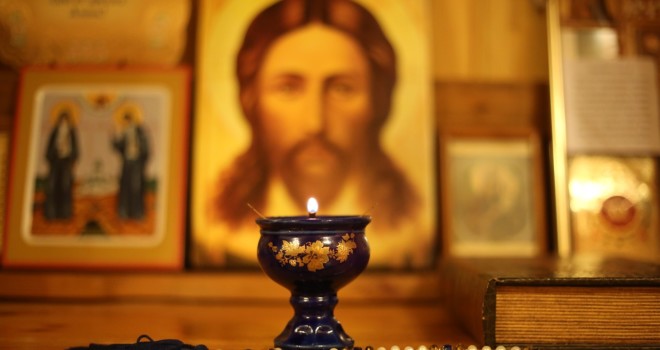“Oh, the Charcoal Burner has tales to tell!”
~ A.A. Milne“It’s better to burn out than it is to rust.”
~ Neil Young
Planning a cookout? If you don’t have a gas grill, you’ll be stocking up on charcoal briquettes. But what if you lived in an age before Kroger and convenience stores?
In the old days, you’d be doing business with the local collier — that is, somebody who dealt in coal and probably manufactured it himself. It’s an ancient skill that involves carefully stacking wood in a conical shape, covering it with soil or sod, and then slow-burning the heap to oxidize it. The charcoal burner, as he’s also called, has to stay close to his pile to maintain an optimal level of heat — not letting the flame go out, for example, and not letting it turn into an outright conflagration. Thus, the process is typically messy, arduous, and isolating. Imagine a loner hanging around a smoky mound all day, poking at glowing embers, tamping down a blaze here and there, and then handling the end product before lugging it to market.
Get the picture? You might buy your coal from that guy, but you probably won’t be inviting him to your cookout.
You’d also be unlikely to choose that guy as your bishop, but on August 11 we celebrate just such a man. St. Alexander of Comana was a third-century charcoal burner in the region of Pontus — now northeastern Turkey on the coast of the Black Sea. He was a nobody, grimy and living on the fringe. Perhaps he was even a bit intimidating, as those who live on the outskirts of acceptable society often are. Folks avoided Alexander, and they disparaged his sooty countenance and career.
But his outward grubbiness obscured an inward purity and piety. In fact, Alexander was quite a scholar, and he’d purposely taken up a lowly occupation to avoid acclaim and to focus on spiritual pursuits.
The saint’s true character came to light when the Comana community sought a new bishop and enlisted the aid of St. Gregory Thaumaturgus (“Wonderworker”) — a story recorded by St. Gregory of Nyssa in his life of Thaumaturgus. A variety of candidates, esteemed for their poise and social status, were presented to St. Gregory for his approval. Yet Gregory, concerned more about virtue than human vanity, rejected the lot. Comana’s leaders were indignant. “If you order that we pass over persons picked from the city,” they jested, “we will accept a man from the crowd for the office of priesthood. Then you must summon Alexander the charcoal maker to preside as priest.”
It was a bluff St. Gregory couldn’t resist, and he asked that Alexander be brought forward immediately. The gentry laughed derisively as the filthy man approached the saint, but Gregory swiftly discerned that the humble laborer was in fact a holy man well equipped to serve as spiritual shepherd. Alexander was made bishop on the spot, and his subsequent wise pastoral administration amply justified St. Gregory’s confidence and prompt consecration.
It’s a terrific yarn with built-in lessons about attending to interior qualities instead of judging exterior superficialities — in others as well as ourselves. What’s more, there’s a clear poetic resonance between Alexander’s later role as bishop and his prior ascetic practices. He was basically a recluse that made charcoal, and what is charcoal used for? It’s for heat and light and the preparation of food. Those are the very things we expect to receive from the Church and her pastors: the warmth of Christ-centered community, the enlightenment of truth, and the sustenance of the sacraments. By all accounts, St. Alexander was an exemplary episcopal conduit of those gifts, and it’s likely his prior years of solitary prayer and study around his woodpiles helped prepare him for that ministry.
But there’s even more here, for charcoal has also been utilized in the torture and killing of Christ’s faithful. Just this weekend we celebrated the feast of St. Lawrence, Roman deacon and martyr, also from the third century. He famously rounded up the poor to present to Emperor Valerian who’d demanded the “treasures” of the church. It was an object lesson lost on the emperor, and he directed that Lawrence pay for his insolence by a slow, agonizing death: roasted alive over white hot coals.
Bishop Alexander avoided the gridiron, but he did suffer martyrdom by fire during the Diocletian persecutions. Here, again, his coal-burning past presaged his ecclesial future, although Alexander’s actual martyrdom was simply the culmination of a lifetime of selflessness and sacrifice – an immolation, of sorts, of anything that would keep him from Christ. It’s essentially what we hear in Sunday’s Gospel: “Sell your belongings and give alms,” Jesus tells us. “For where your treasure is, there also will your heart be.”
The Lord goes on to direct his disciples to “light your lamps and be like servants who await their master’s return.” Following Alexander’s example, we must do likewise.
✠
Image by mamkaklass from Pixabay












